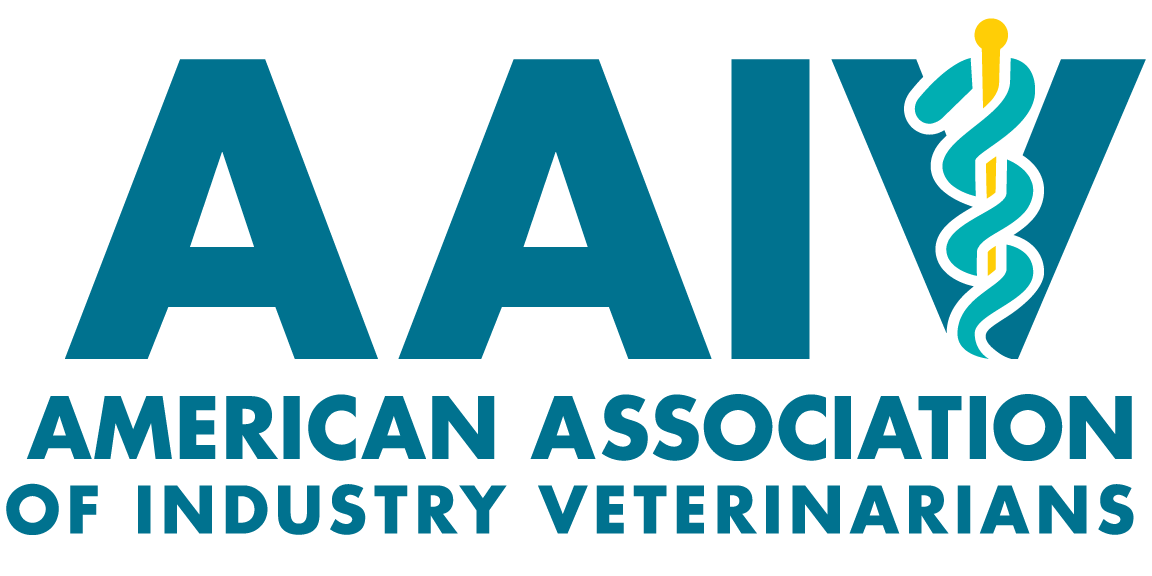Q2 2024 AVMA House of Delegates Report
By Debra Nickelson, D.V.M., MBA
Your HOD delegates participated in a meeting with AVMA on March 1 to hear about the most recent legislation concerning xylazine. Here is a summary and more details directly from AVMA are below.
- There is a provision in newest legislation that the DEA cannot require manufacturers of xylazine to incur capital expenditures to meet DEA requirements of clinics.
- Manufacturers will have one year to get labels changed and institute SOPs for xylazine
- Labels will classify product as a schedule 3, non-narcotic
- FDA and DEA will expedite all manufacturer submissions
- Manufacturers may have to change distribution to 1-2 areas, decreasing the number of current distributors
An updated version of the Combating Illicit Xylazine Act has become public. The updated language can be found here. The updated approach is the result of much effort and is now supported by both Democrats and Republicans in the House and Senate. It is currently the viable political pathway to address the problem of illicit xylazine while working to preserve the availability and current uses of the legitimate veterinary drug.
The updated approach seeks to address the unintended consequences of scheduling xylazine via a different approach than an exemption. This new approach is to schedule xylazine under the federal controlled substances act as a schedule III drug and make amendments to the controlled substances act to ensure the common uses of xylazine remain legal, as well as some additional provisions to help maintain the availability of the drug and track the legitimate supply.
From the AVMA:
On April 1, the AVMA sent a letter to Congressional leaders urging them to move quickly to enact this approach. It is the right balance between empowering law enforcement to combat illicit xylazine while maintaining the legitimate veterinary uses.
What does the new approach do?
- Xylazine would be scheduled under the federal controlled substances act as a schedule III drug.
- For xylazine only, it would expand the definition of “ultimate user” under the federal controlled substances act
- The current definition of ultimate user under the federal controlled substances act limits the prescribing or dispensing of controlled substances by a veterinarian to a person “for an animal owned by him or by a member of his household.” This definition does not work for many of the uses of xylazine.
- For xylazine only, the bill would amend the definition of ultimate user to allow appropriate prescribing or dispensing of xylazine as a controlled drug for possession by a person for:
- An animal owned by them or a member of their household;
- An animal under their care;
- Use in government animal control programs;
- Use in wildlife programs authorized by law.
For xylazine, the term “person” includes: a government agency or business where animals are located, and an employee or agent of an agency or business acting within the scope of their employment or agency.
- The updated definition of ultimate user for xylazine is intended to allow the current legitimate uses of xylazine to continue.
- In order to help facilitate the ongoing commercial availability of the legitimate supply of xylazine the bill includes provisions to:
- Ensure that current manufacturers of FDA-approved xylazine do not have to make capital expenditures to their facilities for the purpose of continuing to manufacture xylazine.
- Provide a one-year transition period for the requirements related to labeling, packaging, and distribution logistics.
- Require the FDA and DEA to facilitate and expedite any required manufacturer applications and submissions.
- Veterinarians that utilize xylazine in their practice and are not already registered with the DEA, would have 60 days after enactment to apply for DEA practitioner registration. A practitioner that has applied for registration during this period may continue their lawful activities until such application is approved or denied.
- Veterinarians that maintain an inventory of xylazine would have 60 days after enactment to comply with the record keeping and inventory requirements for a schedule III drug.
- The bill would require manufacturers and distributors (not veterinarians) to report product sales and movement through the DEA Automation of Reports and Consolidated Orders System (ARCOS). ARCOS is an automated, comprehensive drug reporting system which monitors the flow of DEA controlled substances from their point of manufacture through commercial distribution channels.
Why does the AVMA support this new approach?
- It will provide law enforcement with tools to interdict illicit xylazine.
- It contains many provisions to increase the likelihood of maintaining the commercial availability of the legitimate supply of xylazine for use in veterinary practice.
- It addresses the vast majority of the unintended consequences of scheduling xylazine.
- It is the politically viable approach.
- The AVMA has worked very closely with AABP and AAEP, as well as the zoo, wildlife and research groups, to ensure the approach works for the most critical uses of xylazine in veterinary medicine.
Will the AVMA provide additional information?
- If the updated Combating Illicit Xylazine language is enacted, the AVMA will undertake an educational outreach effort to ensure that veterinarians who utilize and have inventories of xylazine understand their obligations during the transition period.


